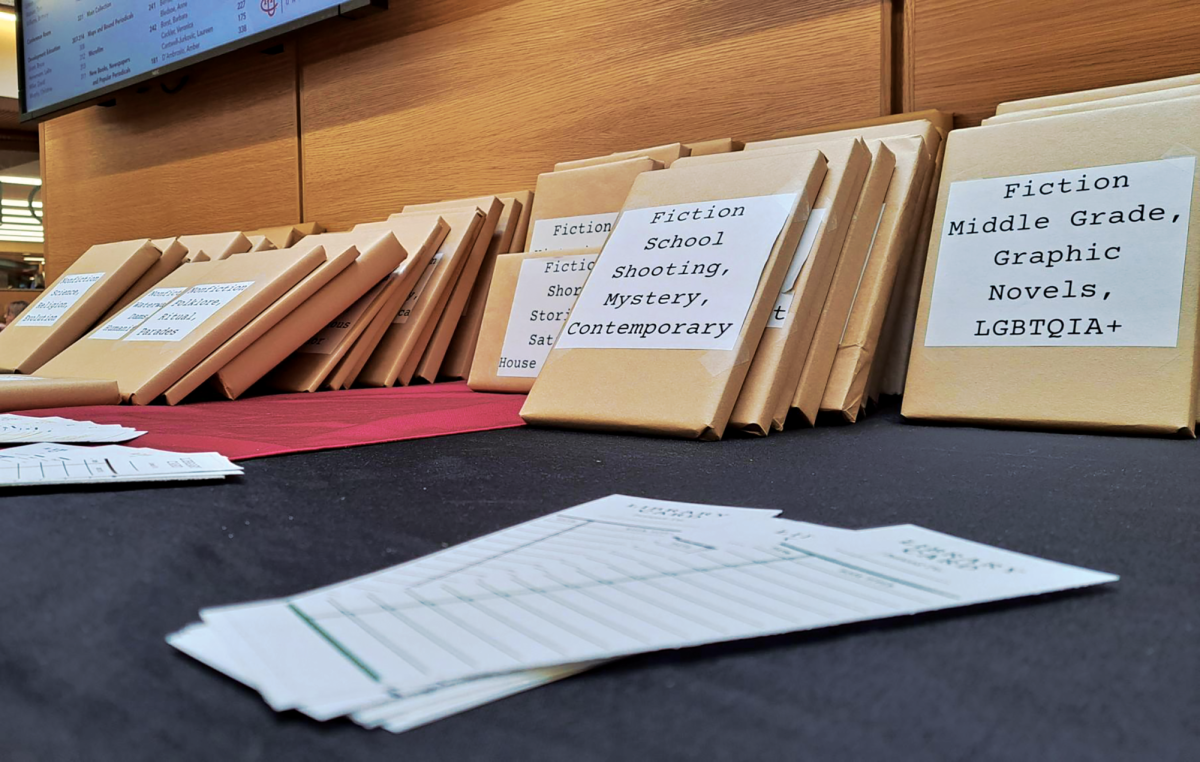It’s well known that wildfires are a huge issue to deal with, but what is it like being on the front lines of one?
The battle against a fire doesn’t just end when it’s fully extinguished; there are more factors at play than just rebuilding houses or replanting vegetation.
Gabriel Lucero is an Engineering Technology Colorado State Officer. He works with his team to protect against the loss of property and life that can result for years after a major fire. Although he has only been at his current job since June, he was a Natural Resources Center (NRCS) Area 1 Engineer for twelve years before that and the lead engineer for Montrose Salinity Field Office.
Lucero’s main job description is this: the application of technology in engineering to support their conservation efforts. As part of the National team on the application of new technology, he works with NRCS on natural disasters such as fires and floods on private land.
“[I] train all the staff throughout the state and [am] the lead engineer for both the Pine Gulch and Grizzly Creek fires,” Lucero said.

Kaydee Lucero for The Criterion
One of the biggest problems to face after a fire has been extinguished is debris-flows. When a fire comes through an area, it burns away all of the vegetation (including grass, trees, etc.), leaving behind scorched soil. As a result of the missing plant life, any amount of rain serves as a threat to roadways and infrastructure.
During the Pine Gulch and Grizzly Creek fires, a number of watersheds were either burned or contaminated. Watersheds are essential to the environment. They are areas of land where precipitation collects and drains off into a common outlet, such as rivers or lakes.
Without watersheds, the water doesn’t have a safe place to drain off, meaning houses and roadways are in danger. According to a debris-flow likelihood map supplied in the Grizzly Creek Burn Area Emergency Response (BAER) meeting, “a quarter of an inch of rain within fifteen minutes (heavy rain), would result in high-risk areas around No Name Creek, Grizzly Creek, Cinnamon Creek and Devils Hole Creek”.
“Due to the lack of vegetation and increased soil sealing, storm runoff can be four to five times more than normal,” Lucero said during an NCRS meeting. “They had evaluated that No Name had seen a 2% increase in runoff while Blair Ranch had seen an increase of over 200%.”
The meeting had concluded that No Name was relatively safe. Lucero said “there are a few things that should be done just in case […] The intake to the city water supply on No Name Creek will need some protection.”
However, Blair Ranch was a high priority site.
“[Firefighters] were able to save a cabin in Blair Ranch from being burned down, but now it needs to be protected from debris flows and increase in runoff potential,” Lucero said.
The area’s watersheds had lost a lot of their canopy and a fair amount of ground cover, which makes the area more impervious to water from both rain and snowmelt. Since the ground won’t be able to absorb water or direct it into a lake or creek, the cabin is in danger of being swept away by a moderate rainstorm.
Another problem Lucero and his unit will have to worry about is the short-term degradation of water quality.
As explained during the BARE meeting, ash, fine sediment, dissolved nutrients and dissolved carbon are all at risk of ending up in the water. The meeting goes on to explain that, “down by No Name intake, we are seeing risk of degradation of water quality and short-term increase of sediment flows and increased flood volumes.”
It’s Lucero’s job to manage this threat of water contamination. Vegetation is already growing back in the area, but for the next three to five years the Grizzly Creek and Pine Gulch areas are at risk for a dramatic runoff response.









